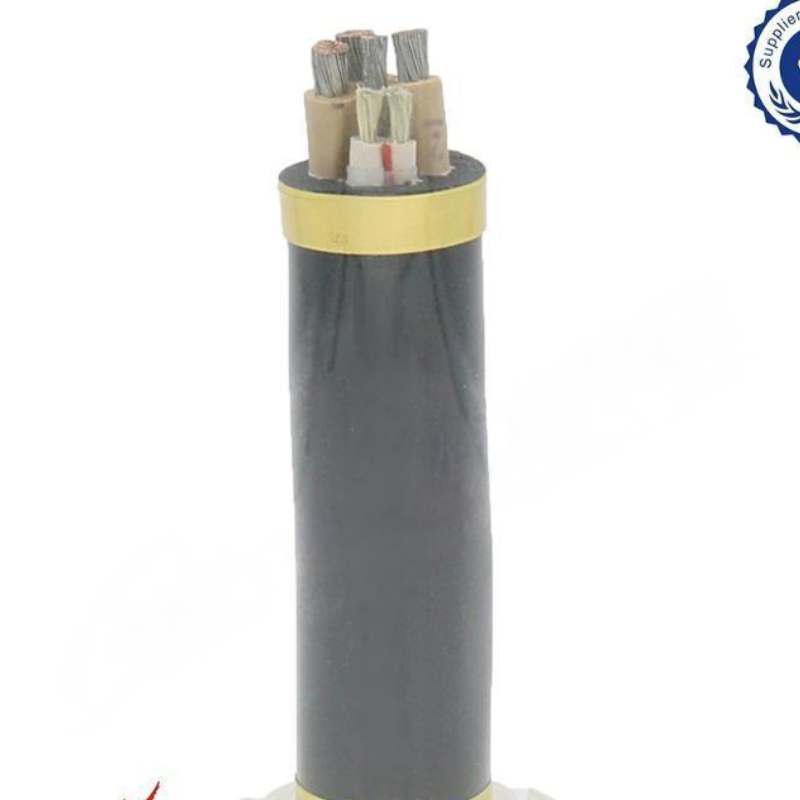Sep . 14, 2024 21:37 Back to list
3 way ball valve
Understanding 3-Way Ball Valves A Comprehensive Overview
A 3-way ball valve is a versatile and widely used component in various piping systems, offering effective control of fluid flow in numerous applications. Characterized by its distinctive spherical closure element with a hole through its center, a 3-way ball valve can direct the flow of liquids or gases through three different paths, depending on its orientation. This makes it an essential device in industries such as oil and gas, water treatment, HVAC systems, and many more.
Design and Functionality
The design of a 3-way ball valve typically includes a ball with three ports one inlet and two outlets, or conversely, one outlet and two inlets, depending on the configuration. The ball rotates within the body of the valve, allowing for different flow paths depending on the desired operation. The three primary configurations for 3-way ball valves are
1. L-Port Valve This configuration allows for the fluid to flow from one inlet to either of the two outlets. It effectively enables mixing or diverting functions, depending on the specific requirements of the system.
2. T-Port Valve T-port valves are capable of directing flow from one inlet to both outlets simultaneously, or allowing flow between the two outlets. This type of valve is particularly useful in applications where blending of fluids is necessary.
3. Multi-Functionality With a simple quarter-turn operation, the ball can be positioned to fully open or close any path, ensuring efficient control over fluid dynamics and minimizing leakage.
Advantages of 3-Way Ball Valves
The popularity of 3-way ball valves can be attributed to numerous advantages they offer
- Robustness and Durability Constructed from materials such as stainless steel, brass, or PVC, these valves are engineered to withstand high pressures and temperatures, making them suitable for a variety of challenging environments.
- Ease of Operation The simple design allows for quick and precise adjustment of flow paths with minimal manual effort. This efficiency can improve operational response times in critical systems.
3 way ball valve

- Low Pressure Drop Compared to other types of valves, 3-way ball valves maintain a low pressure drop across the valve, contributing to better energy efficiency in fluid transport systems.
- Versatile Applications They are employed in diverse industries for applications such as fluid mixing, flow diversion, and as part of automated systems, showcasing their adaptability to different operational needs.
Considerations for Selection
When choosing a 3-way ball valve for a specific application, several factors should be taken into account
- Material Compatibility The valve material must be compatible with the fluids it will handle to prevent corrosion and ensure longevity.
- Pressure and Temperature Ratings Ensure the valve can perform optimally within the pressure and temperature ranges of your system.
- Flow Requirements Assess the flow rate needed for the application to select an appropriately sized valve.
- Actuation Method Depending on the operational needs, consider whether manual or automated actuation (such as electric or pneumatic) is most suitable.
Conclusion
In conclusion, 3-way ball valves are crucial components that enhance the efficiency and reliability of fluid control systems across various industries. Their unique design allows for effective management of fluid pathways, whether for mixing or separating flows. By understanding their functionality, advantages, and selection criteria, engineers and technicians can effectively implement these valves in their systems, ensuring optimal performance and longevity. As industries continue to evolve, the role of 3-way ball valves will undoubtedly expand, solidifying their position as a key element in modern fluid management solutions.
Share
-
Reliable Wafer Type Butterfly Valves for Every IndustryNewsJul.25,2025
-
Reliable Flow Control Begins with the Right Ball Check ValveNewsJul.25,2025
-
Precision Flow Control Starts with Quality ValvesNewsJul.25,2025
-
Industrial Flow Control ReliabilityNewsJul.25,2025
-
Engineered for Efficiency Gate Valves That Power Industrial PerformanceNewsJul.25,2025
-
Empowering Infrastructure Through Quality ManufacturingNewsJul.25,2025